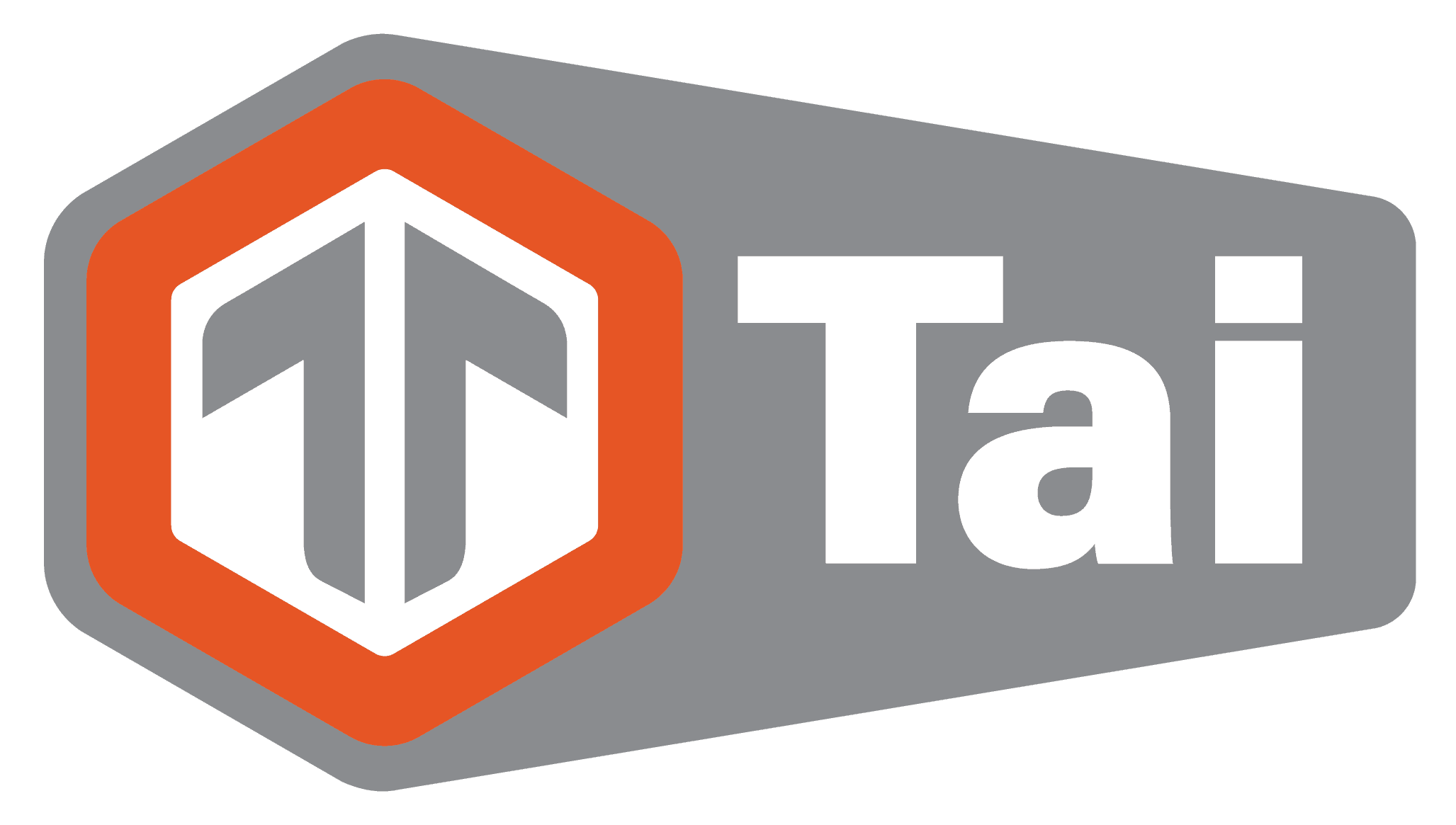Two general terms used in the logistics industry are less-than-truckload (LTL) and full-truckload (FTL). However, some people may have trouble distinguishing between the two terms and may struggle to understand the difference. To help clear things up, we will be breaking down these two freight shipment modes and looking at their key differences.
To put it simply, both LTL and FTL refer to freight shipping. This addresses the paid process of moving goods by sea, air, rail, or road. Freight is typically comprised of goods that are being transported in bulk to another location.
What is Less Than Truckload (LTL) Shipping?
LTL refers to shipments that exceed the size and weight limit required to be shipped as a single package through a transportation mode known as parcel shipping. At the same time, however, LTL shipments are too small to fill an entire semi-truck trailer. This will leave a lot of additional space, which contributes to the so-called “empty miles” that every shipping company aims to avoid. For the shipment to be mutually beneficial for both shippers and trucking companies, carriers will often hold multiple LTL shipments to make the transport as economically efficient as possible.
The Benefits of LTL
- Minimizing transportation costs for smaller shipments – LTL shipping gives companies who cannot fill an entire truck the possibility to reduce their transportation costs by only paying for space they take up in the trailer.
- Decreased warehousing costs – By adopting LTL shipping, companies relieve themselves of the stress of having too much product buildup in their warehouses or staged at their docks. By shipping consistently through LTL, they can lower the strain on their warehouses, keep more accurate inventory, and decrease their warehousing costs.
- Lowered carbon footprint – By consolidating multiple shipments from different companies, carriers can lessen each transport’s overall impact on the environment. Less fuel is used if fewer trucks are on the road hauling the same number of individual shipments.
What is Full Truckload (FTL) Shipping?
Also known as Truckload Shipping (TL), FTL is a large shipment capable of filling up an entire semi-truck trailer. FTL freight is contracted by a single carrier, rides alone, and won’t make any additional stops along the way. This will reduce the amount of freight handling while in transit and may reduce the likelihood of damages in the process. When there is enough freight to qualify for an FTL rate, it’s usually the most economical choice.
The Benefits FTL
- Faster shipping – The only factors that need to be considered, as far as the truck’s route is concerned, is the freight’s origin and final destination. FTL shipments ensure that freight will arrive as fast as possible while traveling from the point of origin to its destination.
- Save money on larger shipments – With enough freight to fill an entire trailer, a full freight shipment will often be the most cost-efficient shipping method.
- Lower risk of damage – Shipping a full truckload means that the cargo will remain in the same trailer from beginning to end, resulting in fewer interactions with the freight. This will simplify the transportation process and eliminate any additional risks.
The Key Differences Between FTL and LTL
There are several main differences between Less-Than-Truckload and Full Truckload shipping, and fall within these four categories below:
- Shipment Size – LTL shipments typically range between 200 and 5,000 pounds. These are not usually big enough to fill the entire truck, leaving space for additional shipments. FTL shipments, on the other hand, can have a maximum of 48,000 pounds.
- Pricing – Since LTL shipments are smaller than FTL and take up less room, they are also cheaper. However, given the size difference, it’s usually more economical to ship FTL if the shipment is big enough.
- Travel Time – Typically, FTL shipments pick up and deliver on the same truck, leading to faster delivery times.
- Handling – Shippers also need to consider how fragile, delicate, or high-risk their shipment is. If dealing with a smaller load than a full truckload, the FTL shipping option may still be preferable if the risk of damage wants to be kept at an absolute minimum.
The Freight Class
- Full Truckload – In general, carriers are not too concerned with the exact commodity specifications, especially when it comes to dry van shipping. To provide accurate pricing, answering if the product is palletized, hazmat, and legal weight will typically be enough.
- Less than Truckload – There are different rates for different commodities, which can vary quite a bit, even if we’re dealing with the same lane and the same number of pallets. The major differentiating factor here is the shipment’s freight class. To classify commodities and determine the price, the freight carrier who provides the shipping service will use the freight classification system put forth by the NMFTA (National Motor Freight Traffic Association). There are 18 different freight classes, ranging from 50 (the least expensive) to 500 (the most costly).
Freight Handling
- Full Truckload – Each shipment has the driver’s full attention from pickup to delivery.
- Less than Truckload – The shipper can expect their product to be loaded and unloaded in different trailers and warehouses several times before reaching its destination. While the overwhelming majority of LTL shipments make it to their destination in perfect condition, there is still a chance of product damage compared to a Full Truckload. The main reason for this is that with the LTL type of shipment, the cargo is handled more often.
Different Trailer Specs
- Full Truckload – The majority of carriers have 53’ trailers with swing doors. They are also usually 102″ wide with a 110″ clearance height.
- Less than Truckload – While most LTL carriers also use 53’ by 102″ trailers, most of these come equipped with roll doors, which reduces the clearance height to 96″.
Accessorial Charges
- Full Truckload – With FTL, each shipment has the full attention of the driver from pickup to delivery. Since every single load takes several days of work for a driver, FTL carriers tend to be more lenient when it comes to accessorials. Several minutes of driver-assist in the course of a several-day transit isn’t that much in the grand scheme of things.
- Less than Truckload – With LTL, shippers only pay for a small part of the trailer’s capacity. What’s more, that price is spread across several drivers as well as warehouses. To maintain optimal efficiency to support economical pricing structures, LTL carriers will typically have to forward additional charges for anything that causes delays or disruptions.
Reweighing to Ensure Accuracy
- Full Truckload – The legal gross vehicle weight limit is 80,000 pounds. Once loaded, a driver may stop at a weigh station to ensure that the truck is under the legal limit. Other than that, there is very little need for any additional product inspection until the seal is broken at the delivery dock.
- Less than Truckload – Carriers will reinspect the cargo once it arrives at the origin terminal. The majority of shipments will go through a dimensioner that automatically scans pallets to determine their exact weight and dimensions. If the dimensioner’s results vary from those listed on the bill of lading, the carrier may reclassify the freight. This can result in an updated rate than the original.
Transit
- Full Truckload – When the driver picks up the freight from the shipper, they will typically drive directly to the receiver. As long as the pickup is made on time, transit will most likely be predictable. Except for unforeseen circumstances such as a sudden equipment breakdown, the arrival date can be determined based on total mileage, hours of service, estimated traffic, and speed limits.
- Less than Truckload – Transit is rarely straightforward with LTL. This means that it will usually take longer to arrive at its destination than a full truckload. In addition, LTL delivery dates are typically estimated unless the shippers pay a premium to guarantee the quoted transit.
Freight brokers and other stakeholders in this industry will need to use the latest, state-of-the-art technology to leverage either FTL or LTL shipping methods properly. Tai software is a digital platform that makes this method simpler and more seamless for freight brokers.
Tai Software is a logistics industry solution that addresses every aspect of the shipment life cycle, making it a great TMS software platform for freight brokers. With a dedicated team of logistics software experts with over 20 years of freight software experience, our team is here to ensure your success. Request a free demo today!










